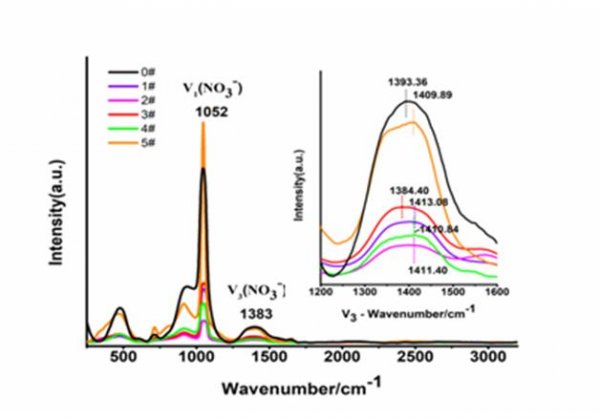As a new energy technology, solar thermal power generation technology is the key development direction of the country's energy planning during the "Twelfth Five-Year Plan" period, and it is also the main technical field to promote the "energy saving and efficiency improvement" strategy. As the core technology of solar thermal power generation, the selection and preparation of heat storage materials are particularly important. Molten salt has many unique performance advantages such as large heat capacity, low viscosity, low vapor pressure, and wide temperature. It has become the first choice for CSP energy storage materials.
China has abundant solar energy resources, and the Qinghai-Tibet Plateau is particularly prominent. The total annual solar radiation in Qinghai Province is more than 2000kWh / m2, and the annual sunshine hours are more than 3200 hours. At the same time, it has the conditions for grid access, cooling water sources, and a large amount of desertified land. It is very suitable for building large-scale solar thermal power stations. The salt lakes in Qinghai Province are rich in salts such as potassium, magnesium, and sodium, and are rich in mineral resources, which can reduce the production cost of related phase-change energy storage materials, and will help promote the large-scale development of solar energy and the adjustment and optimization of energy structure.
The research team of Wang Min from the Salt Lake Resource Chemistry Laboratory of the Qinghai Salt Lake Research Institute of the Chinese Academy of Sciences has conducted basic research on molten salt energy storage materials using potassium salt, sodium salt, magnesium salt, etc., which are rich in salt lake resources in the Qaidam Basin in Qinghai. Using salt lake resources as raw materials, the preparation technology of binary and multi-component nitrate system molten salt heat storage materials was created, the thermal physical properties parameters to improve the specific heat, thermal conductivity and other molten salt properties were explored, and the highest use of nitrate molten salt system was mastered. The process methods of temperature and lowering its melting point have obtained the phase diagram data of the multi-component nitrate system, and have established a set of data models that can predict the melting point of the system, which provides a sufficient technical basis for industrial production. On this basis, by adding magnesium nitrate, a low melting point ternary molten salt energy storage material was prepared; carbon nanotubes were introduced into the nitrate system to further improve its thermal conductivity. This not only provides a theoretical basis for the preparation of nitrate molten salt heat storage materials, but also opens up more possibilities for its application in solar thermal power generation. For details, please refer to pages 1-8 of "Salt Lake Research", Issue 2, 2018, "Research Highlights".

Raman Spectra of Solar Salt Composite Doped with MWCNTs at 300 ℃

Thermal properties of two different purity NKMs: (a) industrial grade ternary salt TG-DSC; (b) high purity ternary salt TG-DSC; (c) density; (d) viscosity; (e) specific heat; ( f) Thermal conductivity
Multifunction Cross Switch Screwdriver,Double Head Screwdriver,Cross Flat Screwdriver,Plastic Handle Screwdriver
Yucheng Weisite Measuring Tools Co., Ltd , https://www.wsttool.com
